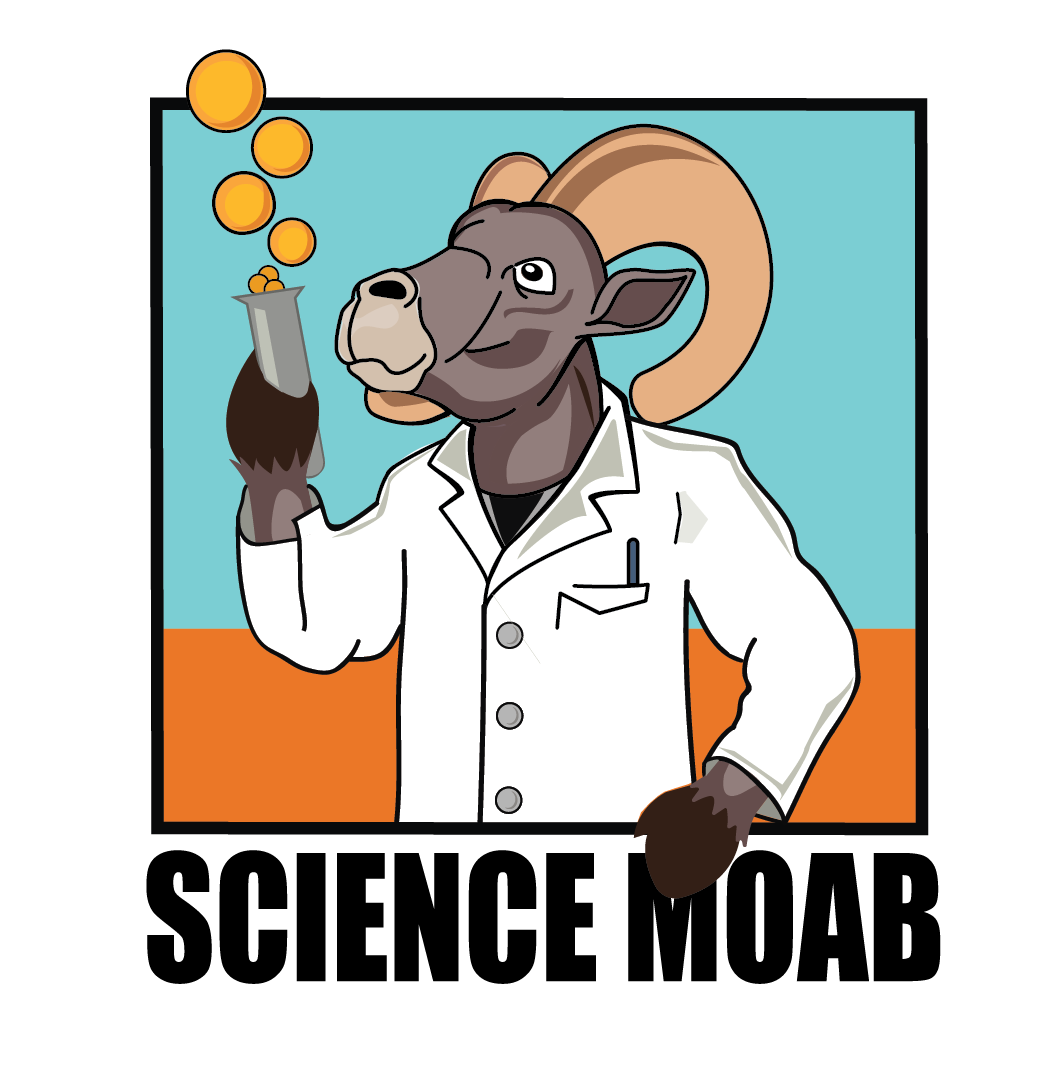Some information may be outdated.
“Desertified” and “degraded” are words often used when talking about deserts or drylands. What do these words actually mean and how do they shape the ways we think about managing and restoring drylands? Science Moab talks with Dr. Brandon Bestelmeyer, who has studied deserts both in the Southwest and around the world. We explore what kinds of changes drylands have undergone, and how they will continue to change into the future.
Science Moab: Can you define the word ‘desertification?’
Bestelmeyer: The United Nations Convention has a simple definition which is “land degradation in drylands.” I tend to think of it more as a “loss of ecosystem services in drylands.” [Ecosystem services is a term for the benefits to humans from a natural environment. -ed.] Desertification as a term draws attention to the loss of those ecosystem services and the persistent loss of productivity, be that economic productivity or biological productivity. Unfortunately, it gets abused when people say a desert is desertified. The issue with conflating the two ideas is that you’ve lost the ability to differentiate between a place that is what it is and a place that has been changed because of external factors.
Science Moab: What kind of ecosystem services do deserts generally provide?
Bestelmeyer: Drylands are big and a wide range of ecosystems occur within them. Most commonly, we think of grazing. That’s very common throughout the world, and many people depend on it for their survival. Sometimes we talk about grazing in the United States and in the developed world as an option you can choose as opposed to eating a vegetarian-based diet. Well, you don’t have that option in many parts of the world, especially places like Mongolia or parts of Africa. In terms of how these systems impact human health, a system that has intact biological soil and cover is going to prevent wind erosion, which can affect air quality. Then, a big one is biodiversity and all the other organisms that depend on these systems.
Science Moab: So when an ecosystem is degraded, what’s actually happening?
Bestelmeyer: Generally, when we talk about desertification, you’ve lost the ground cover of vegetation in an area that is already sensitive to limitations of water. A reduction in soil stability and reduction in the capacity of the soil to hold on to nutrients as well as water prevents the re-establishment of vegetation. Essentially, the physical and biological processes that keep soil and the vegetation in place, that is quite delicate in drylands, has broken down. Once that threshold is crossed, then those processes which support vegetation break down. Then, another set of processes takes place which involve soil erosion and a continued attack of the moving soil on the remaining vegetation. That defines the classic desertification process that’s observed in semi-arid and arid areas throughout the world.
Science Moab: What can cause the transition?
Bestelmeyer: If you’re disrupting what was a stable system to begin with, the cause or trigger is a change. A system that was historically grazed by sheep for thousands of years, for example, could change with a sudden spike in animal numbers that begin to kill plants. Fire, in certain contexts, could kill enough plants to begin desertification. Climate can be a driver of transition and with the expectation that these areas are going to get drier into the future, one would expect even more transitions with changing climate. So when the plants that created the stability of the soil are gone, then these feedbacks with soil erosion and soil degradation take place.
Science Moab: What are the options for land managers? What can they do?
Bestelmeyer: We’re trying to do our best to give people the tools to deal with the future as far as land management in general and management of southwestern ecosystems in particular. We can’t get back to what we had before, but we can promote those attributes of ecosystems that people want. So, we’re moving out of the idea of restoration of historical ecosystems and into a whole philosophical movement called the novel ecosystems idea. A novel ecosystem is an ecosystem that hasn’t occurred previously, that has some human agency to it and that is self-perpetuating. It doesn’t need to be sustained by continual human action because it has its own set of feedbacks, but it is a system that hasn’t occurred previously in that area. And that’s what we’re seeing all throughout the Southwest: A lot of systems, that even when you try to restore them, you end up with something that is different than what you started with.
This interview has been edited for length and clarity. To learn more and listen to the rest of Brandon Bestelmeyer’s interview, visit www.sciencemoab.org/rethinking-desertification.
Science Moab talks about desertification in the Southwest with Dr. Brandon Bestelmeyer
Appreciate the coverage? Help keep local news alive.
Chip in to support the Moab Sun News.





